How To Get Sponsored: Rethinking Sponsorships
From my book, How to Get Sponsorships and Endorsements:When most people who want sponsorships think about their ultimate goal, it involves money. They’re looking for someone to fund their event, to pay for their tour, to raise money for their charity, and so on. When many business think about sponsoring someone, it ultimately involves money as well: even if it is an incredible cause, at the end of the day, they want to know how sponsoring will help them get more customers. Each party treats the sponsorship as a transaction. However, I believe it is important to shift the definition from “a cash and/or in-kind fee paid to a property (typically sports entertainment, non-profit event, or organization) in return for access to the exploitable, commercial potential associated with that property” (IEG, 2000) to something more equitable: a partnership.Sponsorship as a PartnershipA sponsorship insinuates something more akin to a one-sided relationship: the sponsor gives money in the hope for more customers or being associated with a positive cause. A partnership denotes an agreement where both parties share the risks, responsibilities, and rewards. By approaching the relationship as a partnership, it also implies a long term agreement.By examining how we approach sponsorships more closely, we can also identify a few other important factors that should be considered:
- Who do we want associated with our brand, event, or organization? You hear about companies dropping their advertising dollars or sponsorships of athletes all the time because they don’t want to be affiliated with improper behavior. Recently, talk show host Rush Limbaugh lost multiple major advertisers due to some of his controversial statements. However, sometimes as an artist or non-profit event, we don’t think deeply about who we are getting our money from and how our customers’ perception of us might change as a result.
- What kind of people do we want to work with? If you are planning a cross-promotional marketing campaign where you work closely with a brand, you’ll want to know their customers, their work-flow, communication processes, and their approach. Does it make sense for what you are doing?
- Is everyone getting fair value for their work? If you are getting a $20,000 sponsorship, are you providing at least $20,000 worth of deliverable returns back to the investor? Conversely, is the amount of work you’re doing worth the money/partnership or are there other ways you can get the same resources more easily?
- What are some creative ways that this partnership can be highlighted? You should be able to do more than simply trade logos on websites and your printed materials. How can you use your respective brands to drive customers towards one another? Is there a way that you can involve the employees of a sponsoring business?
Sales guru Jeffrey Gitomer puts it best: “All things being equal, people want to do business with their friends. All things being not so equal, people still want to do business with their friends.” By elevating the value of sponsorship to an established, friendly partnership, you’ll instill loyalty, and get more in return than a simple check could ever provide.The full book is available on Kindle for $3.99 or $9.99 for the paperback.
